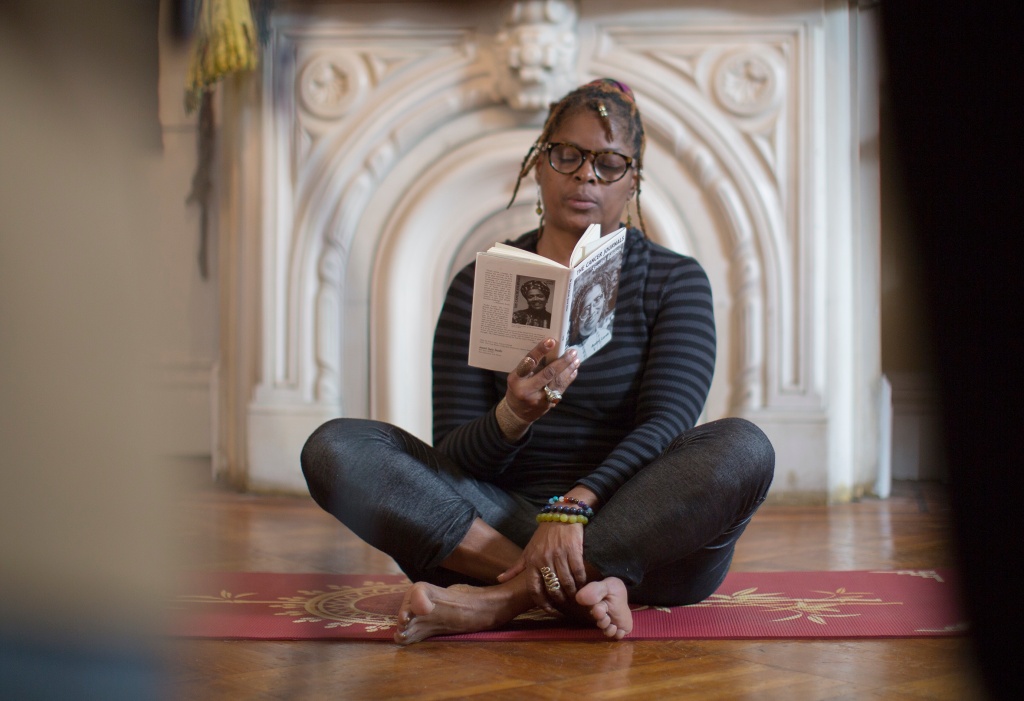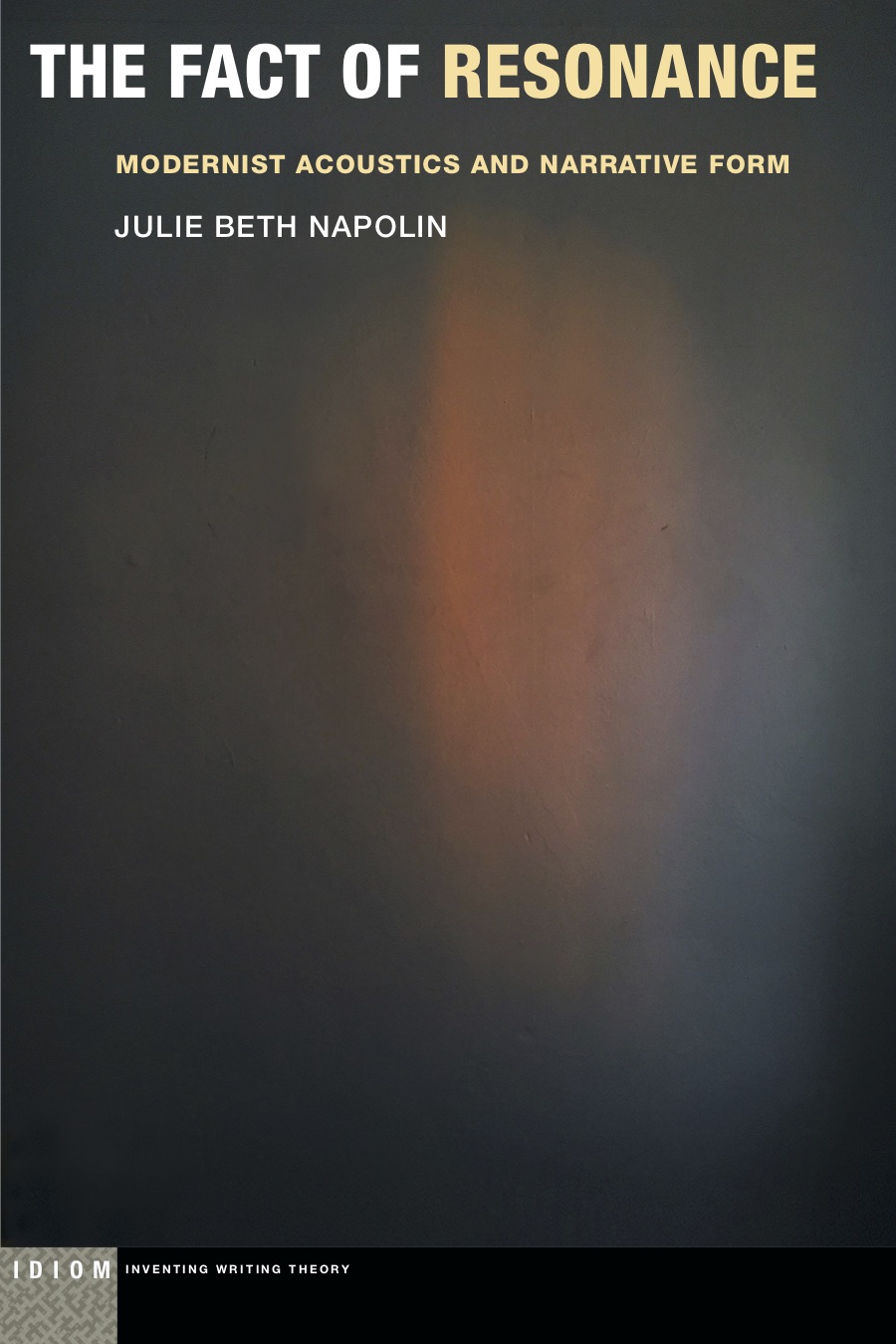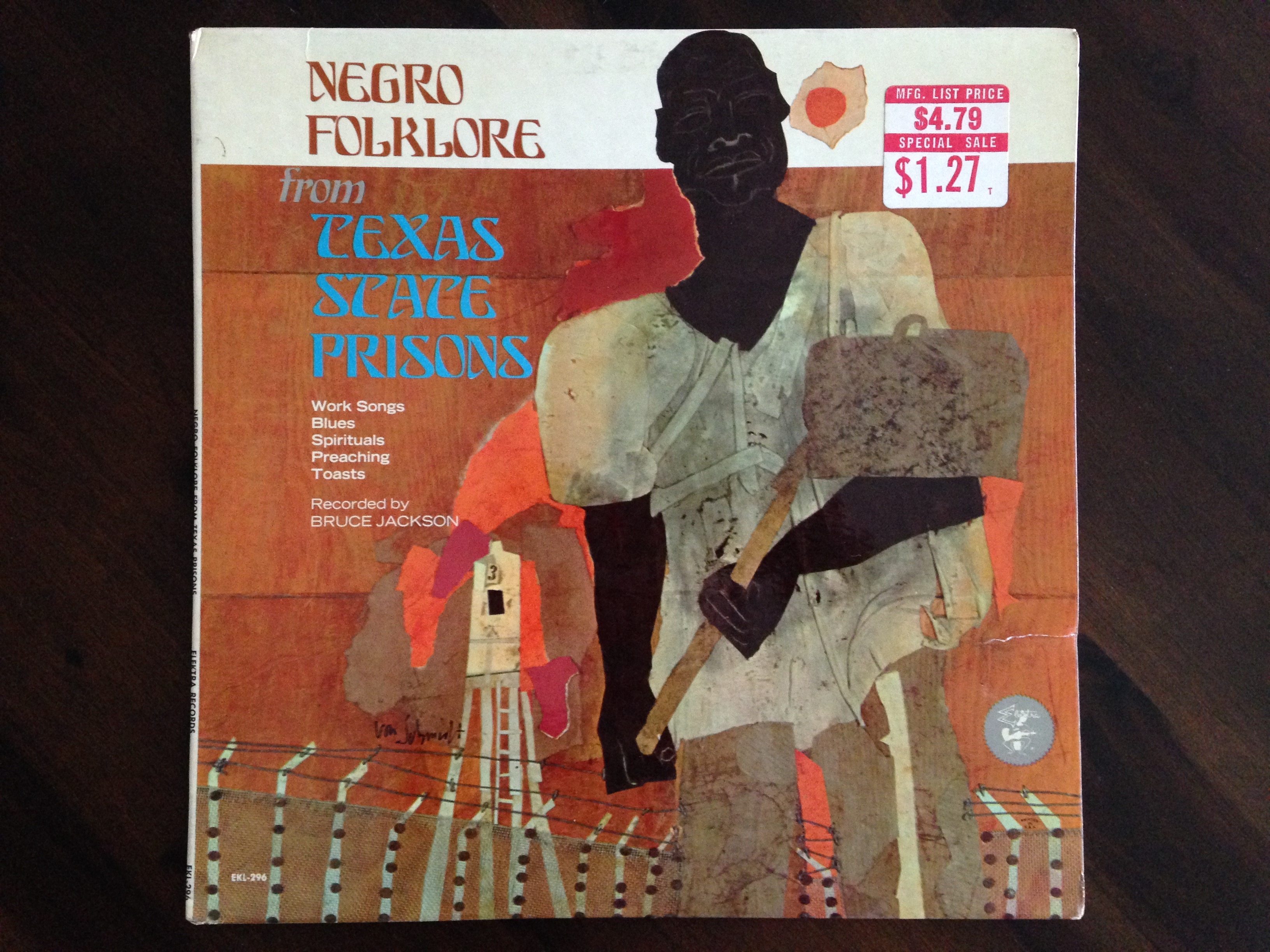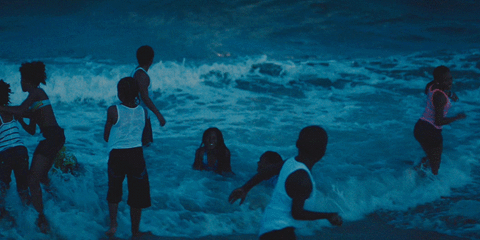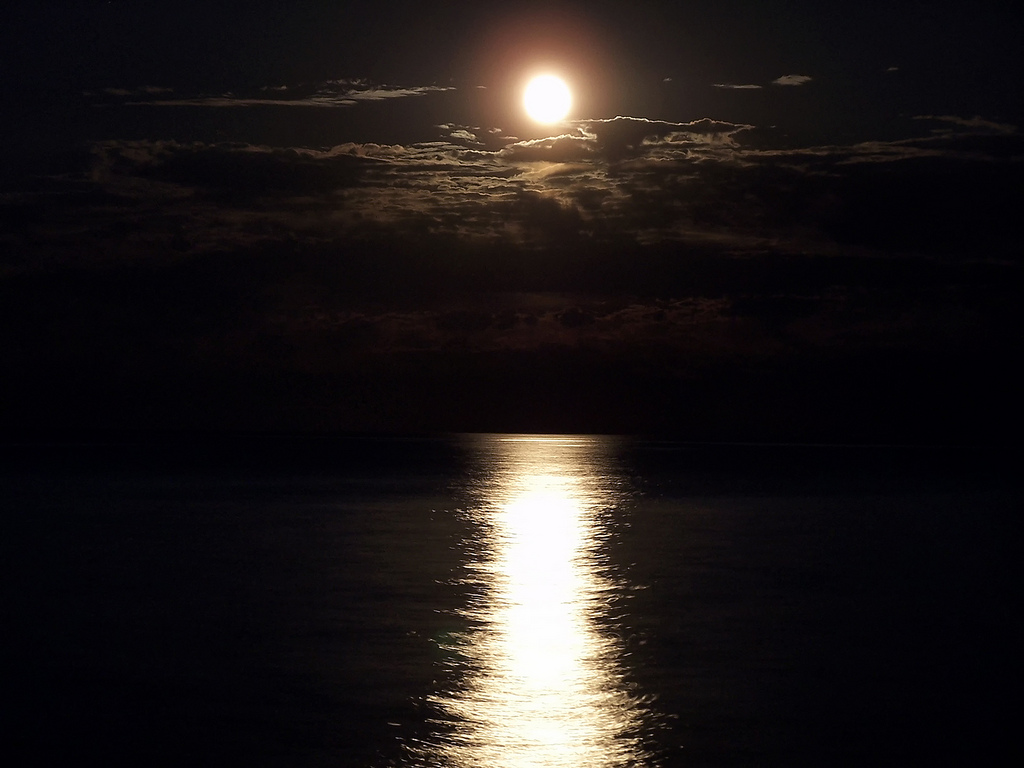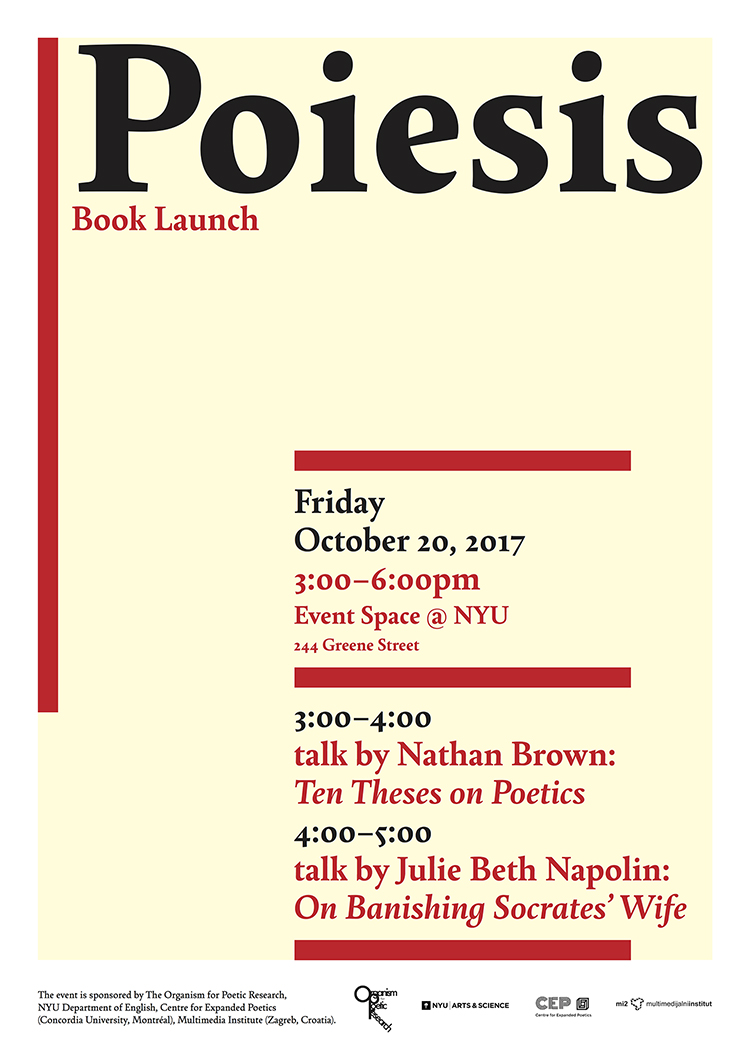Album Release and Tour
On November 29, Silver Current Records will release Only the Void Stands Between Us as digital download and limited edition vinyl. Both are now available for preorder, and you can listen to the first singles everywhere digital music is available. To celebrate the release, I will be touring the east coast and California. For tickets and more information, check out the Tour Dates section of my page, which will be updated regularly.
On December 7, the album release party will be at P.I.T., a community center and radical record and bookstore in Williamsburg, Brooklyn, where I’m excited to play with Lianne Smith.

